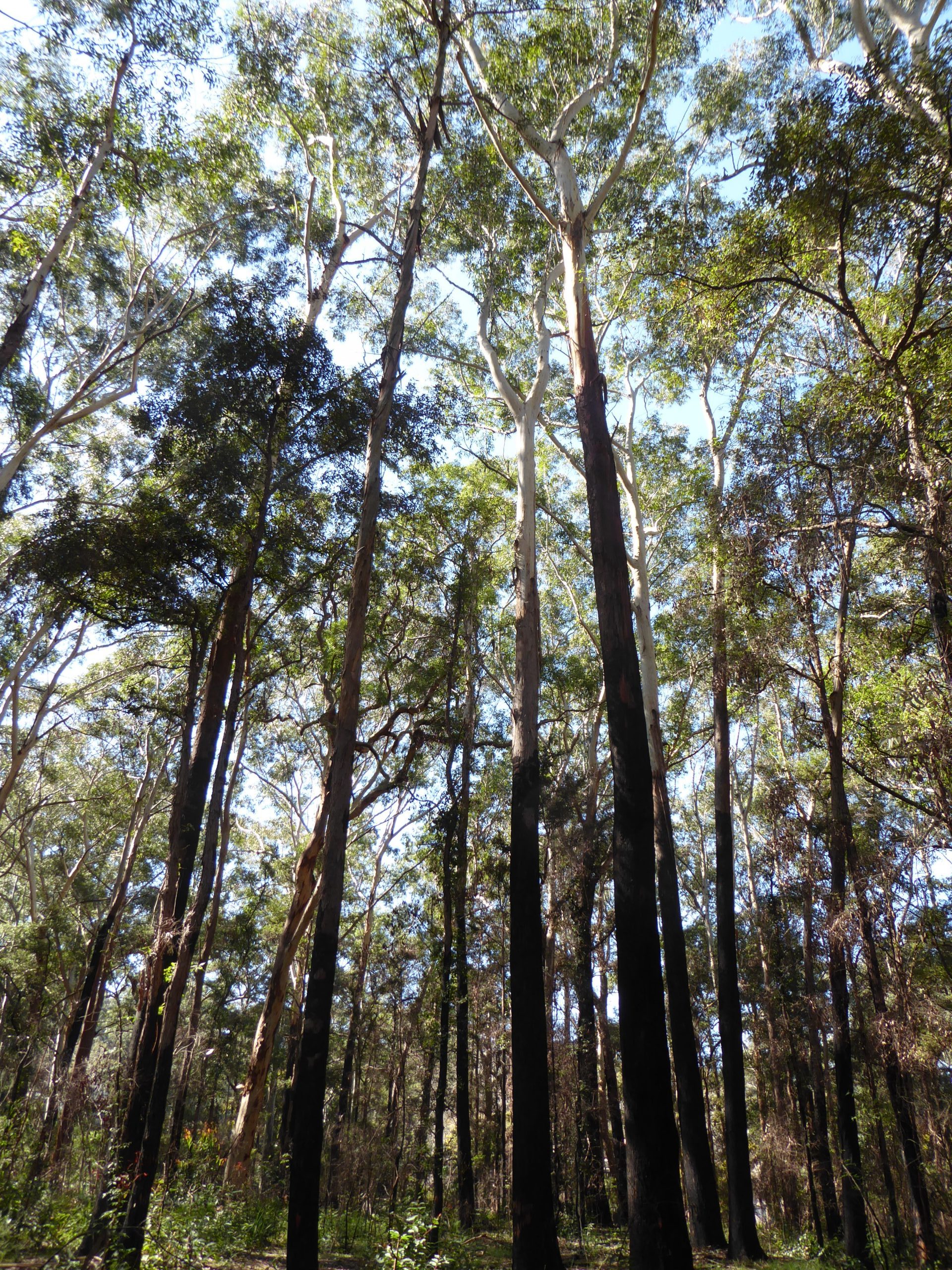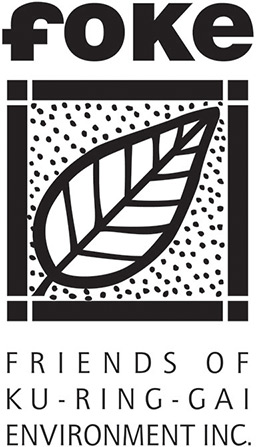
The Ku-ring-gai Draft Urban Forest Strategy lacks support for improving Biodiversity. There is no discussion on how current forests will be protected from dieback, tree death and cumulative impacts, nothing about fines for destruction of rare forest trees, their hollows and food for bees, possums, or the powerful owl. These are all an essential and urgent part of a strategy for urban forest, especially in an environmentally sensitive area like Ku-ring-gai.
FOKE’s concerns raised in our submission were that there is inadequate recognition for the protection and replenishing of the threatened endangered ecological communities namely Blue Gum High Forest, Sydney Turpentine Ironbark Forest and Duffy’s Forest.
There is inadequate recognition in the strategy of the main policies driving the considerable loss of trees within Ku-ring-gai, specifically, State Government Urban Consolidation polices driving new housing development in Ku-ring-gai. The lack of adequate protection of Ku-ring-gai’s environment and Council’s own policies within Local Environmental Plans (LEPs) that allow unsustainable development within areas containing remnant threatened ecological communities.
Gardens and trees continue to be replaced with hard surfaces and concrete and this will continue unless Council challenges State government dwelling targets and mitigates the actions of the 10/50 Code in Ku-ring-gai.
A stricter requirement for applicant’s landscape plans to make provision for locally endemic species within new developments and to ensure they are planted is required. The increased canopy target of 49% remains too low.
Importantly, delays in forest management have critical consequences. FOKE has been calling for a recovery plan for the BGHF as an urgent issue for many years.
Crucially, there is no recommendation to support increased protection for environmentally sensitive areas and improving biodiversity as part of the Urban Forest Strategy. The plan lacks detailed steps to conserve biodiversity, such as implementing fauna management plans, state tree removal deterrents, crucial wildlife rehabilitation, hollow replenishment and a rewilding programme.
If adopted It will be the green flag for a lot of biodiversity loss and bushland alteration.
